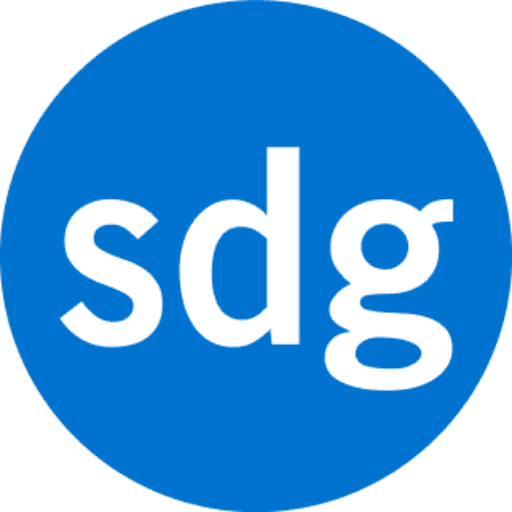To provide some context, Eyeo is an annual conference, last held in Minneapolis, whose tagline is, ’If you care about art, code, and the ethics of emerging technology, you’ll love it.’ It is dedicated to showcasing and exploring the intersection of data visualization, design, and technology. The festival features talks and workshops from leading professionals in the field, providing attendees with a unique opportunity to learn about the latest advancements in the industry and network with like-minded individuals. The festival typically covers a wide range of topics, including data visualization, information design, user experience (UX) design, and more. The event is often attended by designers, data scientists, developers, journalists, and artists. In particular, I want to highlight a couple of sessions I attended that illuminate how exploring one’s curiosities can lead to innovative solutions.
To start, Licia He, a seasoned generative artist, began her talk with a feeling I know too well, the challenge of creating a daily practice in your craft. How difficult is it to start a new habit, one you know that is good for you; Or maybe you want to gain a new skill and practice is the only way to make it happen. Yes, practice is important but how do we sustain it? What drives us to show up to practice every day? Rather than focusing on the outcome or what she wanted to have happen, the change came when she started having a natural conversation and organically engaging in questions she had, with the environment she was in, that lead to more questions that she couldn’t help but explore. When you stop engaging in a mindset of what should we be doing and instead allow yourself to engage in a dialogue of iterative exploration, it becomes not about the results but instead about the process. Perhaps counterintuitively, focusing on the process naturally creates more results.
Multidisciplinary designer Ageyi Archer, through his design education, explored the power of type and started to ask questions about why type was happening in only certain types of spaces. When he started to question where was African-based type or why there was such a lack of it, he was often met with unresolved answers. This led him to dig into Afrika type and he created a new font altogether for a language previously without a font. Thereby allowing communities the access to reconnect to a language once only written by their ancestors, now available on their phones. This is something that we as a community can take for granted as we have always had access to our language in both spoken and written form. The transformation Ageyi fostered with his access to the language, via his new type, has had an impact beyond reading a language but also had numerous cultural implications.
